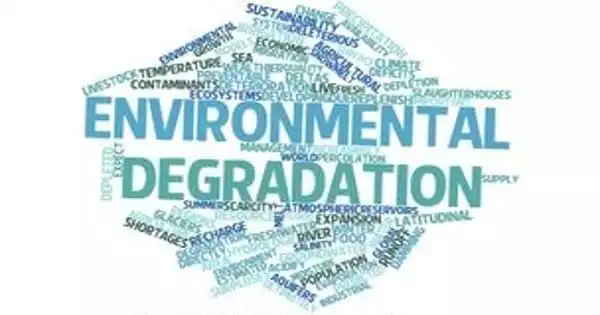Tire recycling is the process of repurposing old and used tires into new materials, products, or energy. Tires are made from various materials, including rubber, steel, and fabric, and their recycling can help to reduce waste, save natural resources, and mitigate environmental pollution.
Tire recycling, also known as rubber recycling, is the recycling of waste tires that are no longer fit for use on vehicles due to wear or irreparable damage. Because of the large volume produced, the durability of the tires, and the ecologically problematic components in the tire, these tires are a difficult source of waste.
Tires take up valuable landfill space because they are highly durable and non-biodegradable. Rubber pollution can occur if waste tires are not properly managed. Over 1 billion scrap tires were estimated to be in stockpiles in the United States in 1990. Only 67 million tires remained in stockpiles as of 2015. Between 1994 and 2010, the European Union increased the amount of tires recycled from 25% to nearly 95% of annual discards, with roughly half of the end-of-life tires used for energy, primarily in cement manufacturing.
Tire life cycle
The tire life cycle can be recognized through the following steps:
- Product advancements and innovations, such as improved compounds and camber tire shaping, extend tire life, increase replacement intervals, improve consumer safety, and reduce tire waste.
- Proper manufacturing and delivery quality reduces production waste.
- Direct distribution through retailers reduces inventory time and ensures that customers understand the product’s life cycle and safety.
- Tire wear and operation safety are affected by consumer usage and maintenance choices such as tire rotation and alignment.
- Manufacturers and retailers establish return, retread, and replacement policies to reduce tire waste and assume responsibility for returning the tire to its grave or reincarnation.
- Recycling tires through the development of strategies that combust or process waste into new products, the creation of viable businesses, and the fulfillment of public policies.
There are several methods for tire recycling, including:
- Mechanical recycling: This method involves grinding the tires into small pieces called crumb rubber, which can then be used in various applications, such as paving, playground surfaces, and athletic fields.
- Pyrolysis: This method involves heating the tires in the absence of oxygen to break them down into their constituent parts, such as oil, gas, and carbon black. These components can then be used as fuel or in other applications.
- Devulcanization: This method involves breaking the bonds between the rubber molecules in the tires to make them more pliable and easier to work with. The devulcanized rubber can then be used in new products, such as shoe soles, floor mats, and roofing materials.
- Energy recovery: This method involves burning the tires to generate energy in the form of heat or electricity. This approach can be useful for converting waste tires into a source of renewable energy.
- Tire recycling can be an important step in reducing waste and conserving natural resources. It can also help to reduce the environmental impact of waste tires, which can be difficult to dispose of safely and effectively.
















